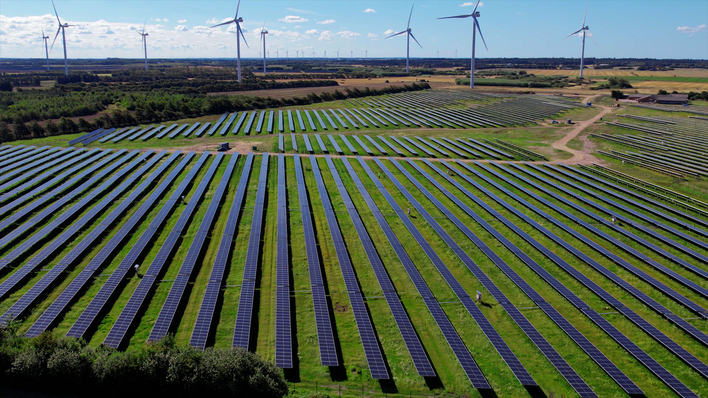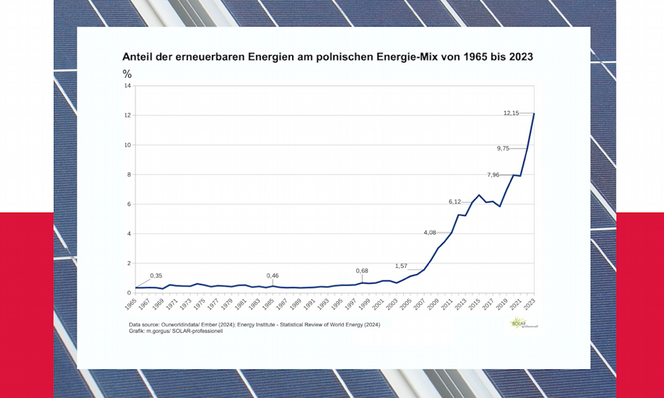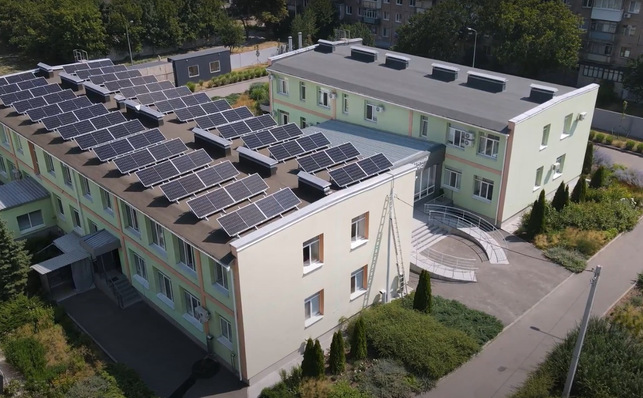The annual global expansion of renewable energy increased by almost 50 per cent to almost 510 gigawatts in 2023, the fastest growth rate in the last two decades. This is the 22nd consecutive year in which renewable capacity additions have reached a new record. While the growth of renewable capacity in Europe, the United States and Brazil reached new highs, the acceleration in China was exceptional.
In the run-up to the COP28 climate conference in Dubai, the International Energy Agency (IEA) called on governments to support five pillars for action by 2030, including the goal of tripling global renewable power generation capacity. Several of the IEA priorities were included in the text of the Global Stocktake agreed by the 198 governments at COP28, including the targets of tripling renewable energy and doubling annual improvements in energy efficiency by 2030.
See also: IEA critical of CO2 removal technologies
Tripling global renewable energy capacity in the power sector by 2030 from 2022 levels would increase capacity to over 11,000 gigawatts, in line with the IEA's Net Zero Emissions by 2050 (NZE) scenario. Under current policies and market conditions, global renewable energy capacity is expected to reach 7,300 gigawatts by 2028. Under this growth path, global capacity would increase to two and a half times today's level by 2030, short of the target of tripling. However, governments can close the gap and reach over 11,000 gigawatts by 2030 by addressing current challenges and accelerating the implementation of existing policies. These challenges fall into four main categories and vary by country:
1. Political uncertainties and delayed policy responses to the new macroeconomic environment
2. Insufficient investment in grid infrastructure to enable faster deployment of renewables
3. Cumbersome administrative and approval procedures and social acceptance issues
4. Insufficient financing in emerging and developing countries.
Also interesting: The sales figures for heat pumps are rising steadily

IEA
What is needed to achieve the common goal of tripling renewable energies by 2030 varies greatly from country to country and region to region. The G20 countries account for almost 90 per cent of global renewable energy generation capacity. In the accelerated case, which assumes increased implementation of existing strategies and targets, the G20 could triple their combined installed capacity by 2030. This means that they have the potential to make a significant contribution to tripling renewable energy worldwide. To reach the global target, the rate of new installations must also be accelerated in other countries, including many emerging and developing countries outside the G20, some of which have no renewable energy targets and/or supportive policies today.
95 per cent wind and solar
The world is on track to add more renewable energy capacity in the next five years than has been installed since the first commercial renewable energy power plant was built over 100 years ago. In the main forecast of this report, nearly 3,700 gigawatts of new renewable energy capacity will come online between 2023-2028, fuelled by supportive policies in more than 130 countries. 95 per cent of global renewable energy expansion will be in solar PV and wind power, due to lower generation costs compared to fossil and non-fossil fuels.
Several renewable energy milestones are expected to be reached in the next five years:
- In 2024, wind and photovoltaics together will generate more electricity than hydropower.
- In 2025, renewables will overtake coal to become the largest source of electricity generation.
- Wind and photovoltaics will surpass electricity generation from nuclear power in 2025 and 2026 respectively.
- In 2028, renewable energy sources account for more than 42 per cent of global electricity generation, with the share of wind and photovoltaics doubling to 25 per cent.
Don’t miss our FREE NEWSLETTER for solar investors and EPCs!
China will account for almost 60 per cent of the new renewable energy capacity to be commissioned worldwide by 2028. Despite the phasing out of national subsidies in 2020 and 2021, the deployment of onshore wind and solar PV in China is accelerating, reflecting the economic attractiveness of these technologies as well as supportive policy frameworks with long-term contracts. Our projection shows that China will reach its national 2030 target for wind and solar PV this year, six years ahead of schedule. China will play a crucial role in achieving the global target of tripling renewable energy, as the country is expected to install more than half of the new capacity needed worldwide by 2030. By the end of the forecast period, almost half of China's electricity generation will come from renewable energy sources. (nw/mfo)








